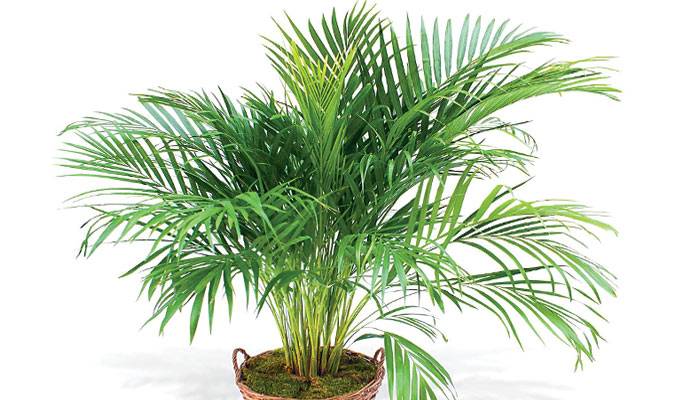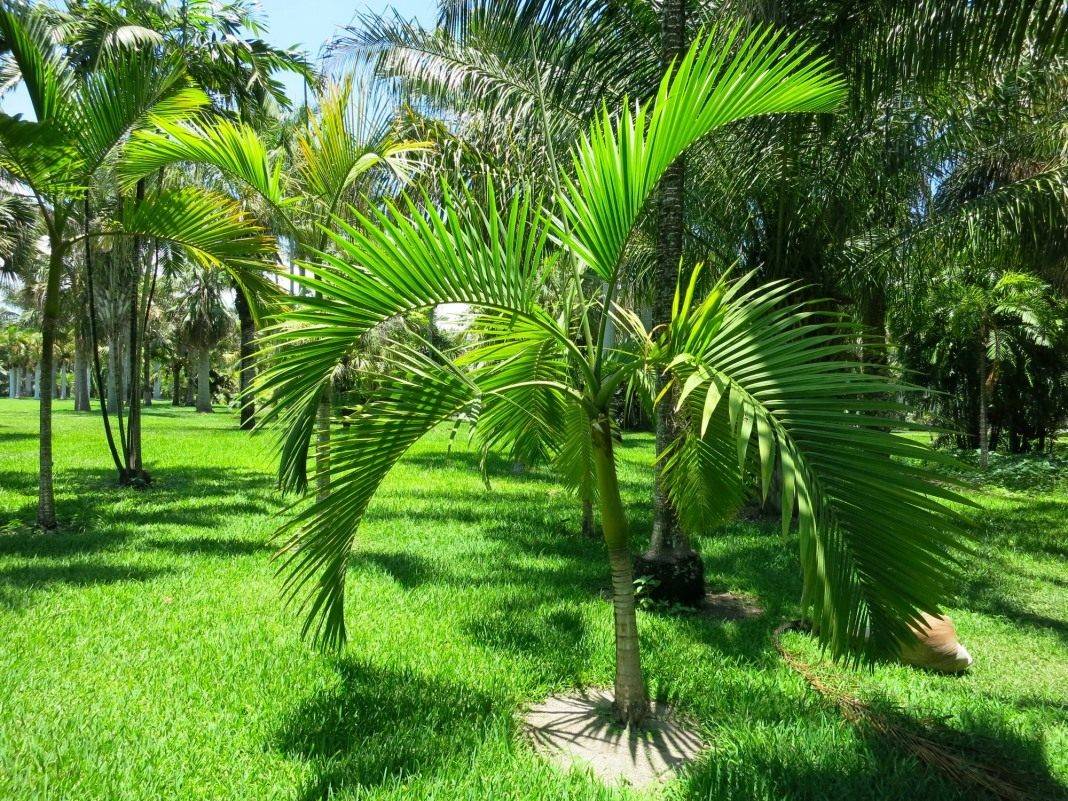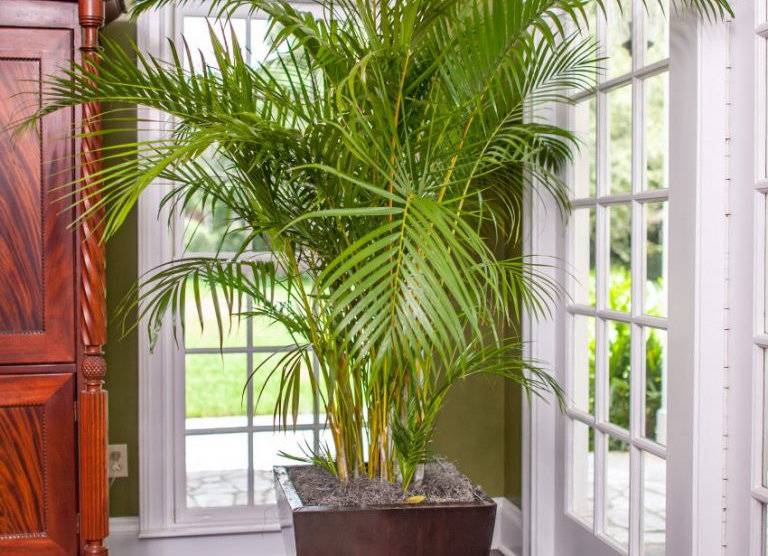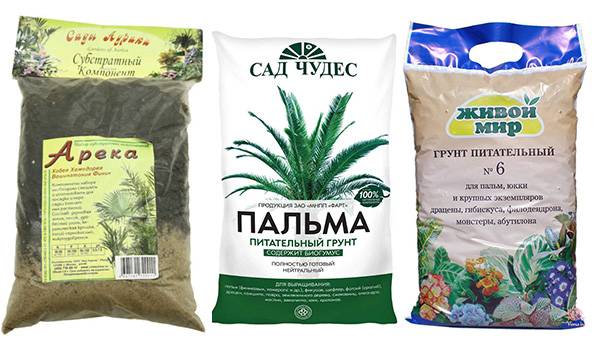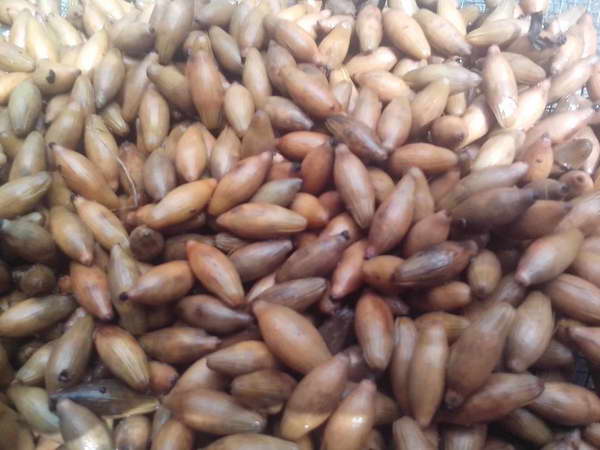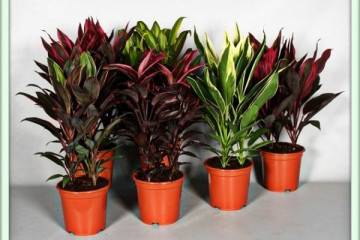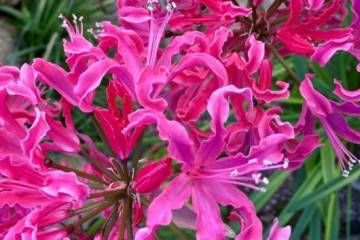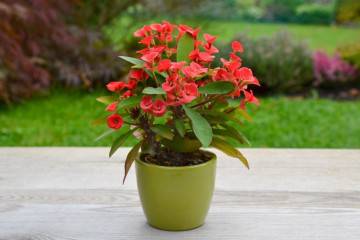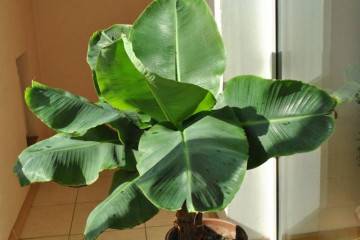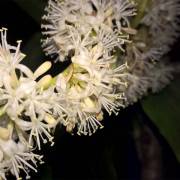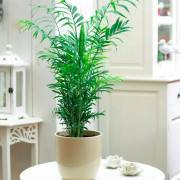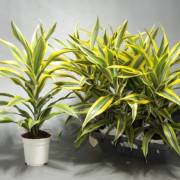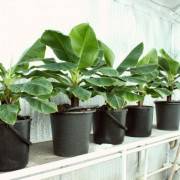Areca palm - how to care for a plant
Content:
Areca Palm is native to the tropics. More than 40 species grow in tropical rainforests of Asia, the Philippines, India, Sri Lanka. This is not a flower, the Areca looks like a real palm tree. On thin tubular stems, pinnately dissected leaves. The upper part of the ear buds consists of male flowers. Female pistils are located at the bottom. After flowering, fruits are formed, which are fibrous berries with seeds inside.
Description and varieties
The main varieties for home cultivation:
- Areca catechu, or Bethel palm;
- Areca triandra;
- Areca yellowing (Areca lutescens).
The subspecies areca Katehau, or betel palm, is adapted to the conditions of a house or apartment. In the wild, it can grow up to 20 m. Fruits of red-orange color have a nut in the middle. The flowers are light brown.
At home, there are significant benefits from wood. It consists in the fact that the leaves absorb formaldehydes from the air, and instead release oxygen in large quantities. The disadvantage is that the leaves contain poison. If there are small children or animals in the house, they should not be allowed near the areca.
The height of the three-stalked areca plant reaches 3 m. Wide, straight leaves are more than 50 cm long. The trunk can be single or branched.
Areca yellowing (Areca lutescens) can reach a height of 10 m. The diameter of the trunk is about 1 m. The length of short arched leaves is up to 40 cm.
The young appendage will have enough space in the apartment, but over time, you will have to take care of where the areca will stand. Home care involves the creation of not only optimal temperature and light conditions, but also the presence of additional space for maintenance.
Care
This light-loving plant comes from warm, sunny countries, therefore, the more light, the more comfortable the Areca palm feels. Home care means that lighting and temperature conditions need to be brought closer to those in the tropics. If the windows in the room face south, then this is just right for the palm tree. She is not afraid of direct sunlight.
In summer, at midday, the areca can be shaded a little. The young shoot of the Areca should also be protected from scorching rays so that the leaves do not get burned. To form a beautiful crown, the palm tree needs to be turned from time to time so that the light evenly illuminates all sides.
Soil selection
The soil for the palm tree is selected with great care. The soil must be air and moisture permeable. If the water drains from the pot after watering in a few seconds, then the soil is selected correctly. Soil that retains water for several minutes is not suitable for areca.
Transfer
A young areca palm requires annual replanting.But for plants "with experience" it is recommended to do this no more than once every three years, when the roots have filled the entire pot and began to crawl out of it. Old palms are not replanted.
The phase of active growth of the areca begins in April. This means that the best transplant period has come.
You need to transplant in the following order:
- Prepare a new pot of soil. The size of the container must be selected correctly. The diameter of the pot is required 5 cm larger than the previous one.
- The plant is carefully pulled out together with a lump of earth, some of the roots are cut off and the lump is placed in a new flowerpot, trying not to ruin it.
- Sprinkle with earth and lightly tamp.
- Watering.
Do not deeply deepen the roots. Also, if rot was noticed during transplantation, it is carefully removed.
You can buy ready-made soil for palm trees or make a mixture yourself. For this, 1 part of humus, 1 part of sand (coarse-grained), 2 parts of leafy soil and 4 parts of soddy soil are taken.
Temperature and humidity
An important component of the microclimate around the plant is the temperature regime. This is one of the key drivers of rapid growth.
The conditions for keeping the palm tree should be as close to natural as possible, otherwise the heat-loving beauty will wither away. The optimum temperature at which she will feel comfortable is between 22 ° C and 26 ° C. A decrease to 18 ° C is allowed, but in this case, the areca will slow down in growth.
In addition, high humidity in the room must be maintained. In a hot, but too dry room, the palm tree will not grow and may even die. Drafts should not be arranged, which also have a detrimental effect on the state of the areca.
In winter, the pot with a palm tree should be located away from heating appliances. It is possible to spray the leaves with warm water from a spray bottle.
Watering
The active growth phase begins in spring and ends around mid-autumn. During this period, the areca should be watered abundantly. Water is pre-defended or collected by rainwater. The water temperature for irrigation should be at room temperature.
Do not overmoisten the ground too much. Excess dampness can cause root rot. Watering is necessary only when the topsoil has dried out to a depth of 2-3 cm. If excess water remains on the pallet, it must be drained a couple of hours after watering.
Top dressing
Regular feeding is required between April and August. The frequency of fertilization is once every two weeks. It is recommended to use complex mineral fertilizers for palms.
Leaf care
For cleansing contaminated palm leaves, 5% oxalic acid is the best remedy. Wipe the leaf surface with a soft flannel cloth soaked in solution, after which the plant is given a light warm shower and wiped dry.
It is recommended to dust off daily.
Reproduction methods
There are two ways to breed:
- germination from seeds;
- division of the bush.
The first method is the most time consuming.
Seed reproduction
Before sowing, areca seeds are immersed in a sulfuric acid solution. Duration of soaking - 10 minutes. Seeds well washed under running water are placed in small cups filled with 2/3 soil.
The planting material must be buried by 2 cm. After that, the container is closed with a film and placed in a warm, illuminated place where the temperature reaches 30 ° C. If all conditions are met, the seedlings will appear in one and a half to two months.
The sprouts are kept in slightly shaded areas.After the first true leaf appears, the seedlings are transplanted into pots. Young palms need regular feeding with complex mineral fertilizers. The frequency of top dressing is once every 3 months.
Division of bushes
Reproduction by dividing the bush is possible only if there are several trunks. The procedure is performed as follows:
- The palm is pulled out of the previous container and shaken well.
- The rest of the earth is removed with your hands.
- The bush is cut into several parts, transplanted into separate pots. Be sure to pour a drainage layer on the bottom of the flowerpot.
- Sprinkle soil on top of the planting.
- Divided and planted shoots are placed in a room protected from direct rays and drafts.
- All palms are well watered.
For the rooting period, you need to provide high humidity and coolness. The temperature should be between 20-25 ° C.
Diseases and pests
Areca palm is rarely sick. The only disease that threatens her is root rot. It appears due to too frequent watering. Signs of the disease: Areca begins to fade, and brown spots appear on the leaves, increasing in size. If similar symptoms appear, the tree should be treated with a fungicide solution, for example, discor. A week later, repeated processing is carried out, if such a need arose.
Mealy worms, spider mites, scale insects, whiteflies can start from harmful insects on a palm tree. If a white waxy coating appears on the leaves, this is a sign that the areca has been attacked by a mealybug. The pest sucks the juice from the leaves, weakening the plant. They fight it by hand, removing insects with cotton swabs moistened with alcohol or soapy water.
If you take care of an exotic beauty correctly and in a timely manner, she will delight everyone present with her appearance for many years. And the fact that palm leaves purify the air undoubtedly suggests that the flower is only beneficial.
